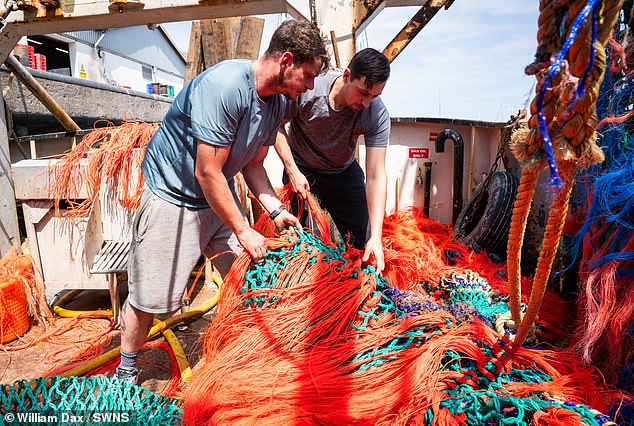
Silent Crisis Threatening to Devastate the $300 Billion Coastal Economy
Ocean Acidification Threatens $300 Billion Seafood Industry, Scientists Warn
Scientists warn that ocean acidification, driven by climate change, has crossed a global tipping point, endangering marine ecosystems and a $300 billion seafood industry vital to coastal communities. A study in Global Change Biology reveals that since the Industrial Revolution, oceans have absorbed excessive carbon dioxide from fossil fuels, becoming increasingly acidic and corrosive to marine life.
The Crisis Unfolding
By 2000, acidification had already breached safe thresholds. Today, 60% of deep ocean waters exceed critical acidity levels, dissolving calcium carbonate structures essential for corals, shellfish, and sea butterflies. Coral reefs have lost 43% of their habitat, sea butterflies 61%, and shellfish like oysters and mussels 13% of their suitable environments.

Ocean acidification destabilizes the survival of species like corals, shellfish, and plankton, risking food chains and economies.
Economic Impacts
The U.S., with an $11 billion seafood market, faces severe consequences. Shellfish farming alone supports 600 million people globally and generates $4 billion annually in the U.S. However, hatcheries—especially in the Pacific Northwest—struggle as acidic waters dissolve larval oyster shells. While some facilities use costly sensors and chemicals to counteract acidity, smaller operations lack resources, causing declines in Gulf and East Coast regions.
Professor Steve Widdicombe of Plymouth Marine Laboratory stresses, “We’re gambling with biodiversity and billions in economic value daily.”
Hidden Threats to Marine Life
Pteropods, tiny “sea butterflies” vital for salmon and mackerel, are losing polar habitats rapidly. Over half their polar regions were degraded by 2020, risking collapse of fish stocks. Coral reefs, crucial for coastal protection and juvenile fish, are also declining.

Maps show coral reef viability over time, with purple dots indicating reef locations under worsening conditions (pre-industrial to 2020).
Policy Gaps and Urgent Action
Despite $321 billion in U.S. marine industry sales (supporting 2.3 million jobs in 2022) and aquaculture’s $4 billion contribution, governments lag in addressing acidification. Although UN Sustainable Development Goals highlight ocean health, few nations, including the U.S., have actionable plans.
Lead author Professor Helen Findlay warns, “Ocean acidification is a crisis we cannot see, but its fingerprints are on our coastlines. Losses will mount without action.”
Conclusion
The invisible crisis threatens both ecosystems and economies. Without aggressive emission cuts and investments in coastal resilience, marine biodiversity and livelihoods face irreversible damage. As Widdicombe notes, “It’s not just an environmental issue anymore”—the stakes are global.
Images: Corals and shellfish impacted by acidification; maps illustrating habitat loss over time.
(Word count: ~600)


